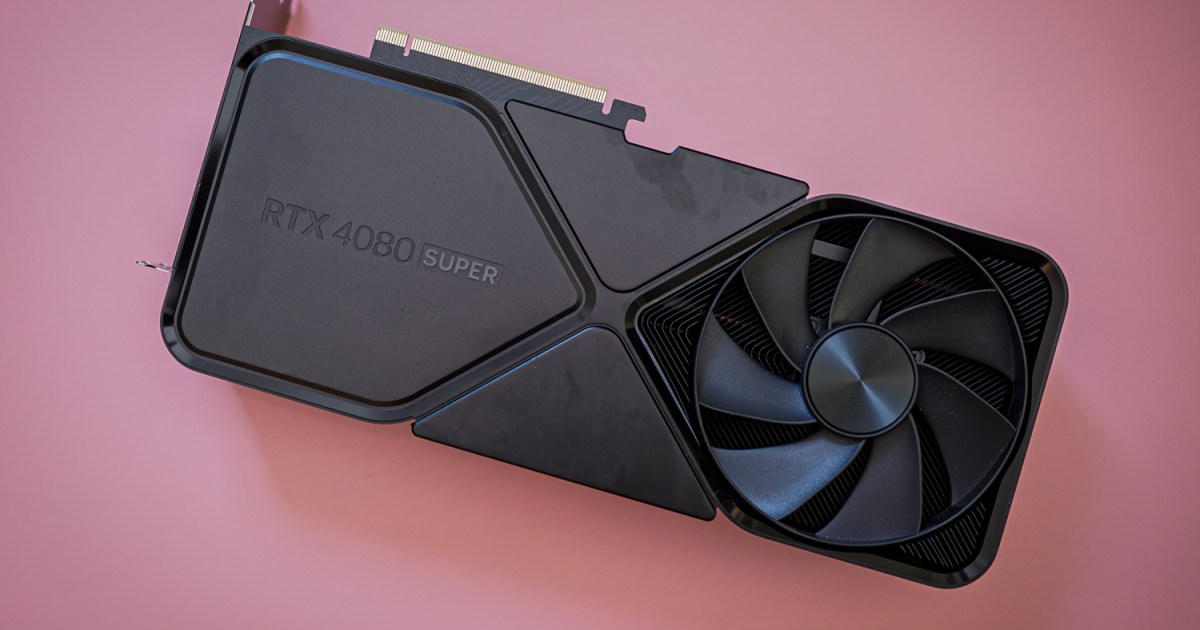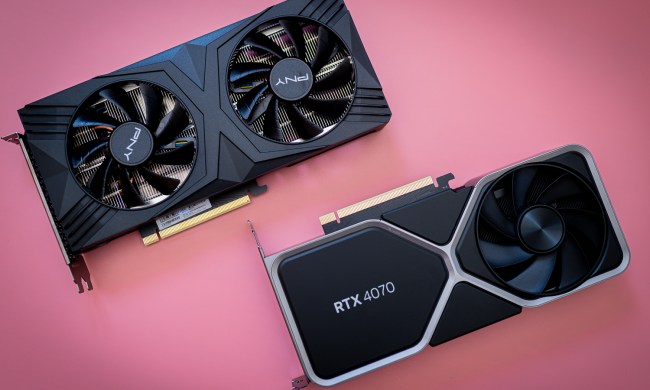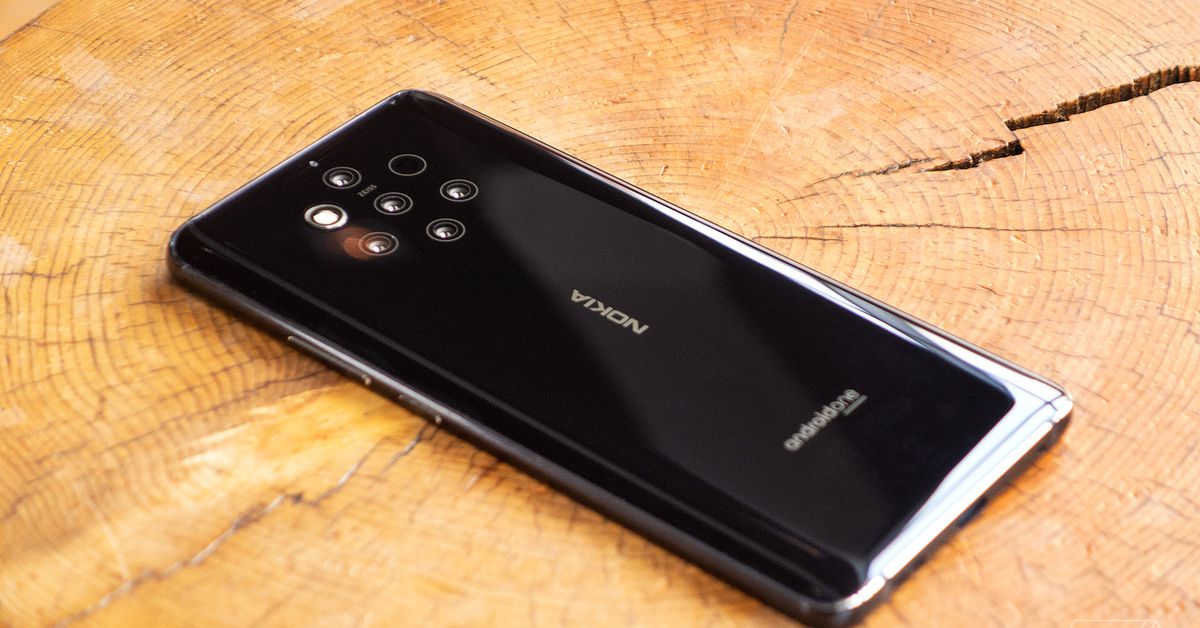Despite a stale GPU market, shipments rose by 48%
The latest report on the state of the GPU market brings us wildly positive news.

 Jacob Roach / Digital Trends
Jacob Roach / Digital Trends
The discrete graphics card market is starting to feel a little stale, with no new releases in months. However, GPU shipments are doing better than anyone could have ever expected. According to a new report from analyst firm Jon Peddie Research (JPR), add-in board (AIB) GPU shipments increased by a massive 47.9% year-to-year. Where are these gains coming from? Let’s find out.
First, let’s talk about the numbers, and they’re truly encouraging. Total GPU shipments rose from 8.7 million in the first quarter of 2024 up to 9.5 million units in the second quarter, marking a 9.4% increase. This defies the usual trend by a solid margin, as the 10-year average stands at -7.1%.
 Jon Peddie Research
Jon Peddie ResearchSuch an increase goes against seasonality. Typically, the first two quarters of the year see a drop in GPU shipments, but this year is different. It’s hard not to attribute at least some of this to the release of Nvidia’s RTX 40 Super at the beginning of 2024. However, the first half of 2023 also saw the launch of new GPUs, such as the RTX 4070. Let’s also not forget the fact that both AMD and Nvidia dropped new GPUs in late 2022, so those shipments and sales likely showed up in data for the first and second quarters of 2023. Still, we’re seeing impressive gains this year.
 Jon Peddie Research
Jon Peddie ResearchBreaking this down by manufacturer is less surprising than that nearly 50% year-to-year increase in overall shipments. Nvidia remains king at 88% market share, with a 61.9% increase in shipments from last year and a 9.7% improvement compared to the previous quarter. Meanwhile, AMD sports much more modest gains of 3% year-to-year and a comparable 9% quarter-to-quarter.
Things look bleak for Intel, and that’s no surprise. While the data for the second quarter of 2023 gives Intel a measly 2% market share in the discrete GPU market thanks to Arc Alchemist, this year’s data puts Intel at 0%. We’re unlikely to see any changes there until Intel launches Battlemage, which might happen late this year or early next year — but nothing’s been confirmed so far, so this is just speculation.
The GPU market continues to surprise. With the rise in laptop gaming and integrated graphics getting better by the year, a dip in shipments at the beginning of the year wouldn’t have been a shock. Nvidia’s RTX 40 Super definitely contributed to these great stats, but can it really account for a 48% increase? We want to be hopeful and say that this could be indicative of a larger upward trend, as Dr. Jon Peddie said: “With one little dip in the first quarter (seasonally normal), we’ve seen four quarters of growth.” On the other hand, overall shipments are down compared to two years ago; it’s also important to remember that shipments don’t equal sales.
We’re still waiting for news about GPUs from AMD, Intel, and Nvidia, so once all of those are finally here, we can expect the GPU market to do well over the next couple of quarters.
Monica is a UK-based freelance writer and self-proclaimed geek. A firm believer in the "PC building is just like expensive…
Nvidia’s next-gen GPU may be a hit for laptop gamers
Nvidia's RTX 50-series is still shrouded in mystery, but today, we got an exciting report about the upcoming RTX 5060 laptop GPU. According to the chairman of Hasee, a Chinese laptop and desktop manufacturer, the RTX 5060 will feature a sizable upgrade, all the while cutting back on the power consumption. Is the RTX 5060 going to be one of the best graphics cards for laptop gamers, including the ones who prefer thin notebooks?
The juicy scoop, first shared via Weibo, comes from Hasee's chairman Wu Haijun, who talked about the RTX 5060 during a meeting with the media. The chairman claimed that the next-gen xx60 graphics card will only consume 115 watts of power, as opposed to the 140W total graphics power (TGP) we've seen in the RTX 4060.
How long do GPUs really last?
The graphics card is one of the most important components in your PC, and arguably it's also the most exciting part. Beyond the necessities, such as a fast SSD, no single component has the same kind of impact on gaming; GPUs are also crucial in many productivity tasks. Something this important hardly ever comes cheap, which is why buying one of the best GPUs tends to be expensive.
Seeing as buying a new GPU is no walk in the park, it makes sense to try to plan ahead and wonder: How long do GPUs last? For some PC components, the answer is somewhat straightforward; for GPUs, it's most definitely not. Let's dive in and go over every aspect step by step.
How long do GPUs last?
Nvidia is launching a new GPU, but read this before buying
Nvidia is launching a new version of one of its best GPUs -- the RTX 4070 (non-Super). Normally, this would be great news. However, there's one downside: Nvidia is equipping the new RTX 4070 with GDDR6 memory, which is a step down from the GDDR6X that the GPU usually comes with. This wouldn't be the end of the world, but there are a couple of red flags.
For starters, Nvidia itself lists the GPU alongside its previous version. It seems like the two RTX 4070s will only differ by memory type, all the while retaining the same clock speeds, bus width, and CUDA core counts. This is good news, but switching from GDDR6X to GDDR6 means a drop in bandwidth.

 KickT
KickT 




































